The Dragon Ball franchise has created a sprawling multiverse, blending martial arts, gods, and cosmic lore. In Dragon Ball and Dragon Ball Z, the universe is a vast realm governed by deities like King Kai, Supreme Kai, and the mighty King Yemma, with a distinct afterlife where heroes and villains face judgment.
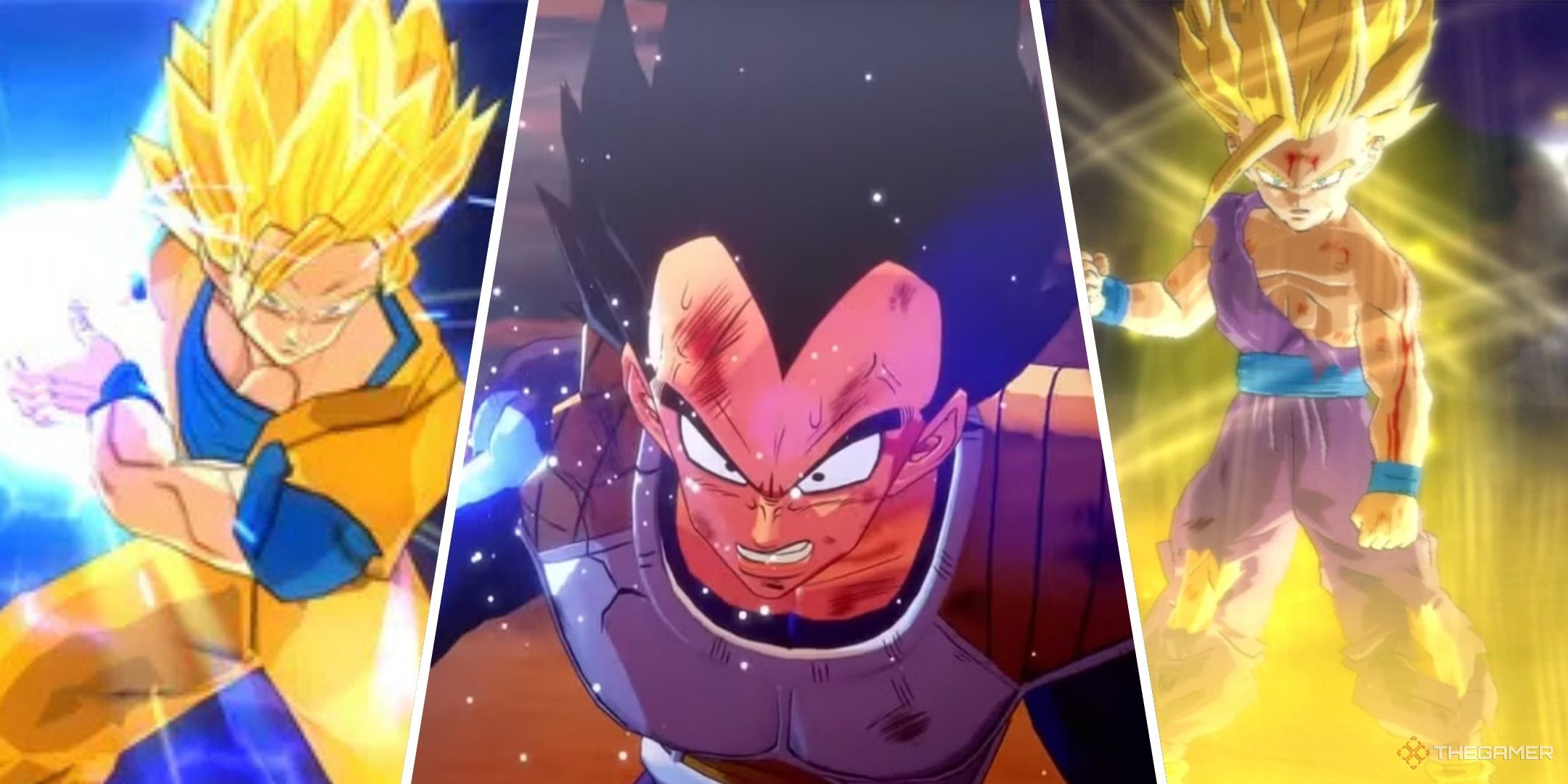
Related
As the series expanded, so did its cosmology. Dragon Ball Super and Dragon Ball Daima each introduced unique interpretations of the multiverse, with parallel universes, celestial beings, and alternate dimensions. Here, we’ll unravel the intricacies of each universe across these series.
The Universe Of Dragon Ball Z
In Dragon Ball and Dragon Ball Z, the universe is depicted as a structured hierarchy overseen by divine beings. Earth exists within the mortal realm, which is part of a larger cosmology controlled by Kais. Above the mortals are the Supreme Kais, protectors of the universe, and below them lies the afterlife. Souls of the departed are guided to the Check-In Station, where King Yemma determines their fate — Heaven for the virtuous and Hell for the wicked.
The afterlife includes key locations like Snake Way, leading to King Kai’s tiny planet, and realms like Grand Kai’s Planet, which serves as the home of deceased warriors. This early depiction of the Dragon Ball universe is vast yet singular, without references to alternate dimensions or parallel worlds.
Originally, there were several Supreme Kais, one for each cardinal direction, but after the creation of Buu there ended up being only one. That is the Supreme Kai known as Shin, and during the Z era he was considered the ruler of the universe.
Space Travel
There are several alien races that exist in the Dragon Ball universe, and they are all subjected to the same afterlife. It isn’t known if the ‘other world’ exists within the observable universe, but the instant transmission technique can teleport someone to it even if they aren’t a Kai or dead, as long as they can sense a familiar ki.
Time Travel
Time travel is possible in the Dragon Ball universe at this stage, explored during the Cell Saga. To avoid any paradoxes, whenever someone travels through time, they do so to a parallel universe; therefore, any changes made would not affect their original timeline.
This does mean that each time someone travels through time, a new parallel universe is created. However, since both Trunks and Cell are traveling through time, trying to wrap your head around how many parallel universes were created will only lead to a headache.
The Universe Of Dragon Ball GT
Not much is added in Dragon Ball GT, with space travel working much the same, although having more of a focus, especially on the first arc. The afterlife, and Hell in particular, play a key role in the middle arc, with villains from times of old invading Earth from that hellish landscape.
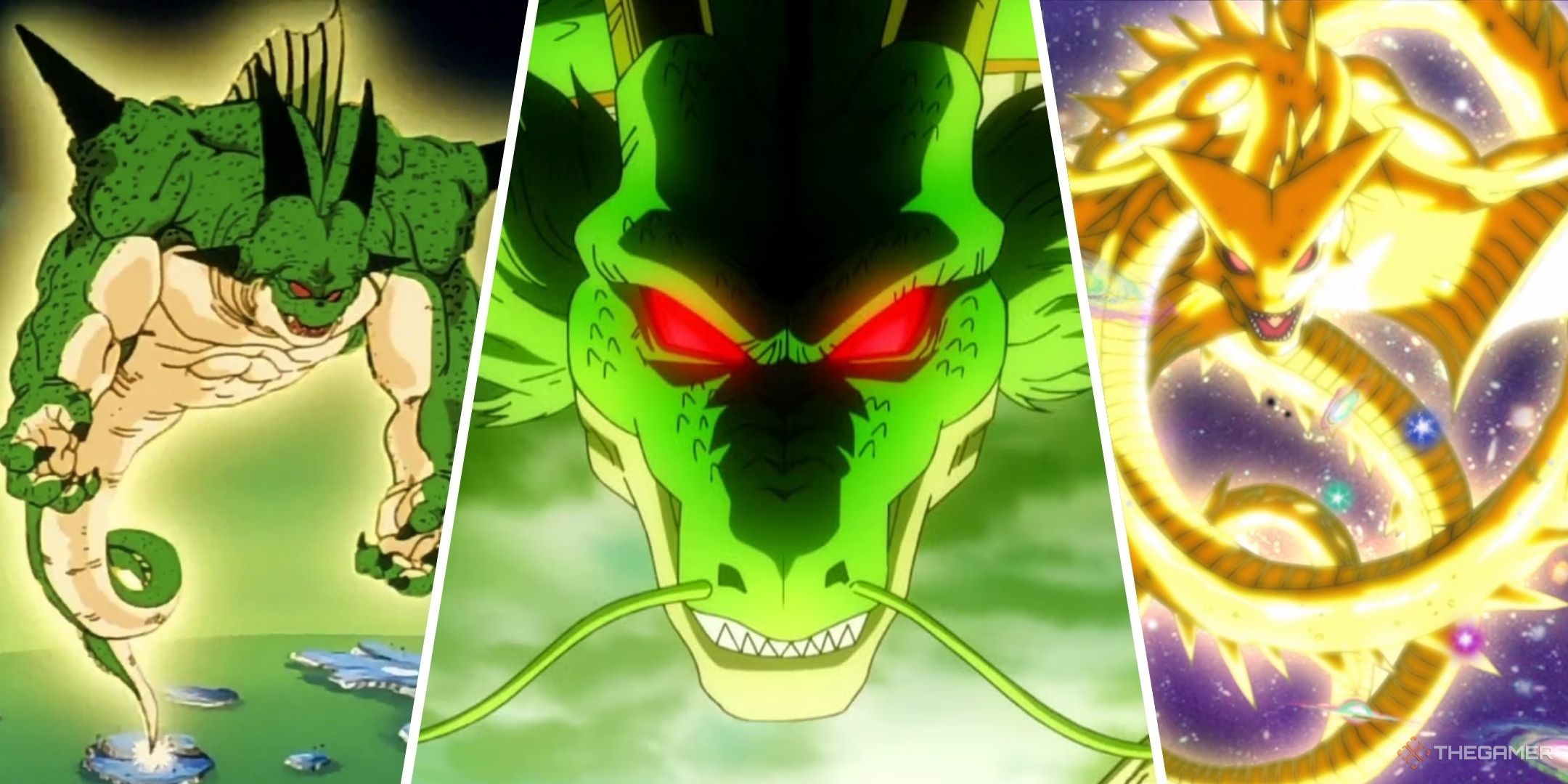
Related
Dragon Ball: How Many Wishes Have Been Granted By The Dragon Balls?
The Dragon Ball series’s main characters have used many wishes over the years.
A soft connection is made between karmic balance and the Dragon Balls, with Goku ascending to a higher state by the end of the final arc. This is the only aspect that aimed at expanding the cosmology of the series, but it is used more as a sendoff and less as an exploration.
The Dragon Balls would continue to be no more than magical items in both Super and Daima, with each having their own creation myth around them.
The Universe Of Dragon Ball Super
Dragon Ball Super dramatically expands the Dragon Ball cosmology by introducing the multiverse. Instead of one universe, there are 12, each with its own set of mortals, Kais, and Gods of Destruction. Universes are paired, such as Universe 7 (Goku’s home) and Universe 6, with counterparts sharing thematic similarities like Saiyans and Namekians.
This multiverse is governed by the Omni-King, Zeno, and his angelic attendants. Major events like the Tournament of Power highlight the relationships and rivalries between universes, but also show them working pretty much the same: they all have their own Supreme Kai, God of Destruction, and corresponding Angel.
While the Kais and the Angels all look similar to one another, the Gods of Destruction are very different, and it is sometimes implied that most of them were once mortals before ascending to godhood.
The God of Destruction is often the most powerful creature of its universe, second only to its appointed Angel. Angels aren’t native to the universe they are assigned to, and when we see Zeno destroy a universe, the assigned Angel is the only survivor.
Multiversal Travel
The Angels are the masters of travel among the stars and between universes, with their homes so far deep into the cosmos that the instant transmission technique has difficulty reaching there. Traveling between universes seems impossible for mortals, since only Angels are capable of doing so.
Time Travel
Time travel works much the same, with seemingly simple logic that can hurt your brain if you think about it too much. The Time Rings are a new item introduced in Super that allows Kais to travel to the future and observe it, keeping everything unchanged and preventing the creation of a new universe.
The Universe In Dragon Ball Daima
Dragon Ball Daima introduces yet another interpretation of the Dragon Ball universe, focusing on a magical and possibly divine dimension. While details are still emerging, this series emphasizes a mystical take on the universe, with an apparent shift from martial combat to themes of destiny and transformation.
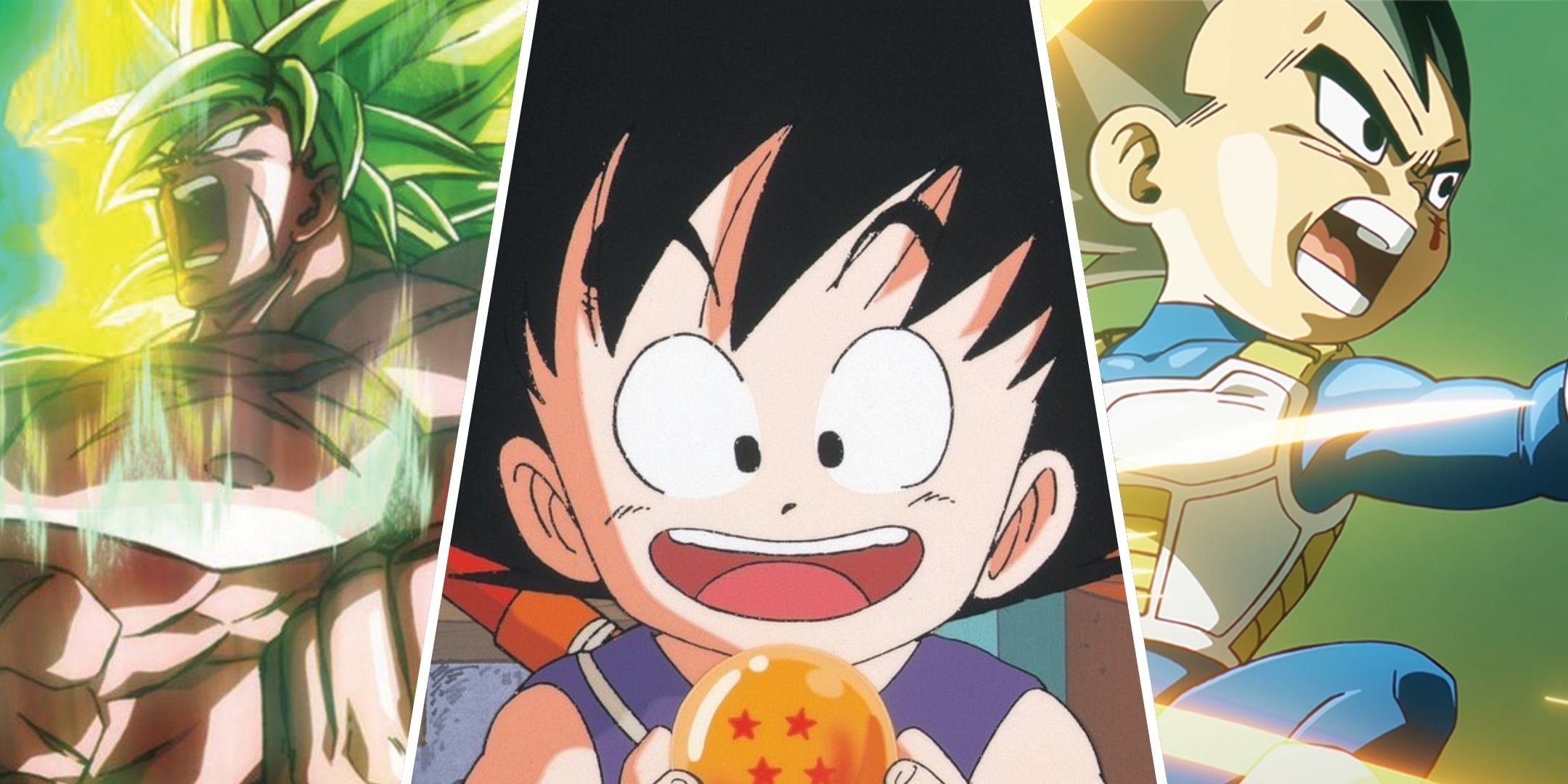
Related
Which Dragon Ball Movies And Series Are Canon?
This is the confirmed canon of the various Dragon Ball series and movies.
This reinterpretation presents the cosmology as more whimsical and magical, adding yet another unique layer to the Dragon Ball multiverse. However, it conflicts with Super in many key respects, and therefore you should only consider how the world worked up to Dragon Ball Z to understand Daima.
The Demon Realm depicted in Daima is a different universe outside both the known mortal universe and the Other World, since it seems completely unrelated to Hell (even though Dabura was the leader of both Hell and the Demon Realm), and you need to travel to it through unique spaceships.
While the universe where the Earth resides is still considered Universe 7, this is likely a coincidence since 7 is a number often associated with Dragon Ball.
The Demon Realm has nothing to do with the afterlife, and it is instead the original universe where all other life was created from. The ruler of all universes is no longer Zeno, but Rymus, a Supreme Majin (all Kais are Majin now) who created the other universes for his people to inhabit.
While most other races in the universe evolved after this creation, the Namekians were originally from the Demon Realm, and seemingly any creature with pointed ears can trace its origin to the Majin. The Demon Realm is split into three layers, with the innermost layer being the one meant for the ruling class.
Multiversal Travel
Special permits and codes are needed to travel through the multiverse, even when going to the other layers of the Demon Realm. Doing so not only requires Majin’s specific spacecrafts, but also finding a Warp-Sama, massive fish-like creatures that seem to be a living machine.
The smaller versions (still the size of a modest vessel) work as attendees of portals, checking that all permits are in order. The more massive ones act as portals themselves, swallowing spaceships whole and having travelers exit through their other end to reach their destination.
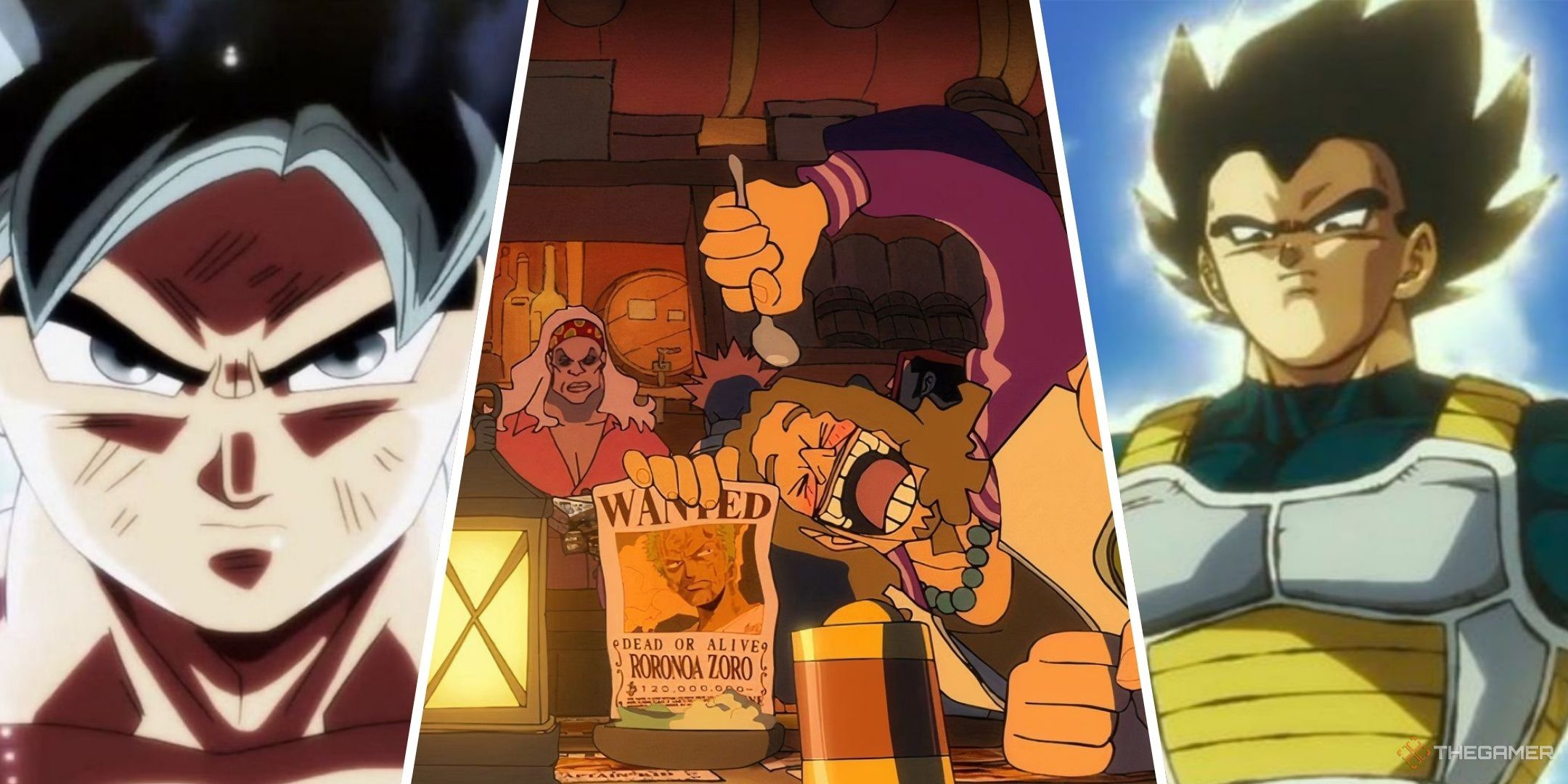
Next
Dragon Ball Vs. One Piece: Which Series Is Better?
Dragon Ball and One Piece are titans of the anime scene, but which triumphs over the other?
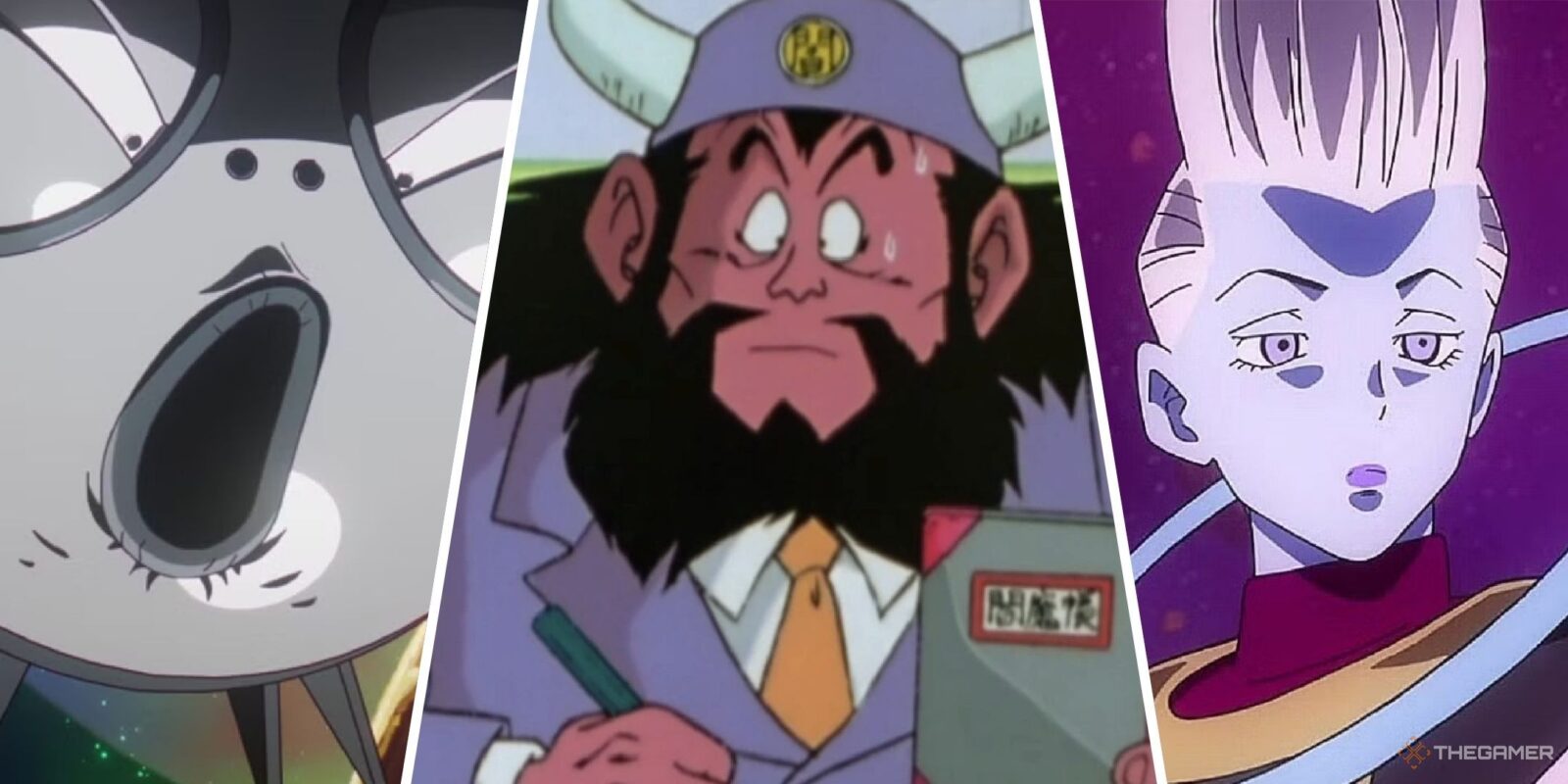

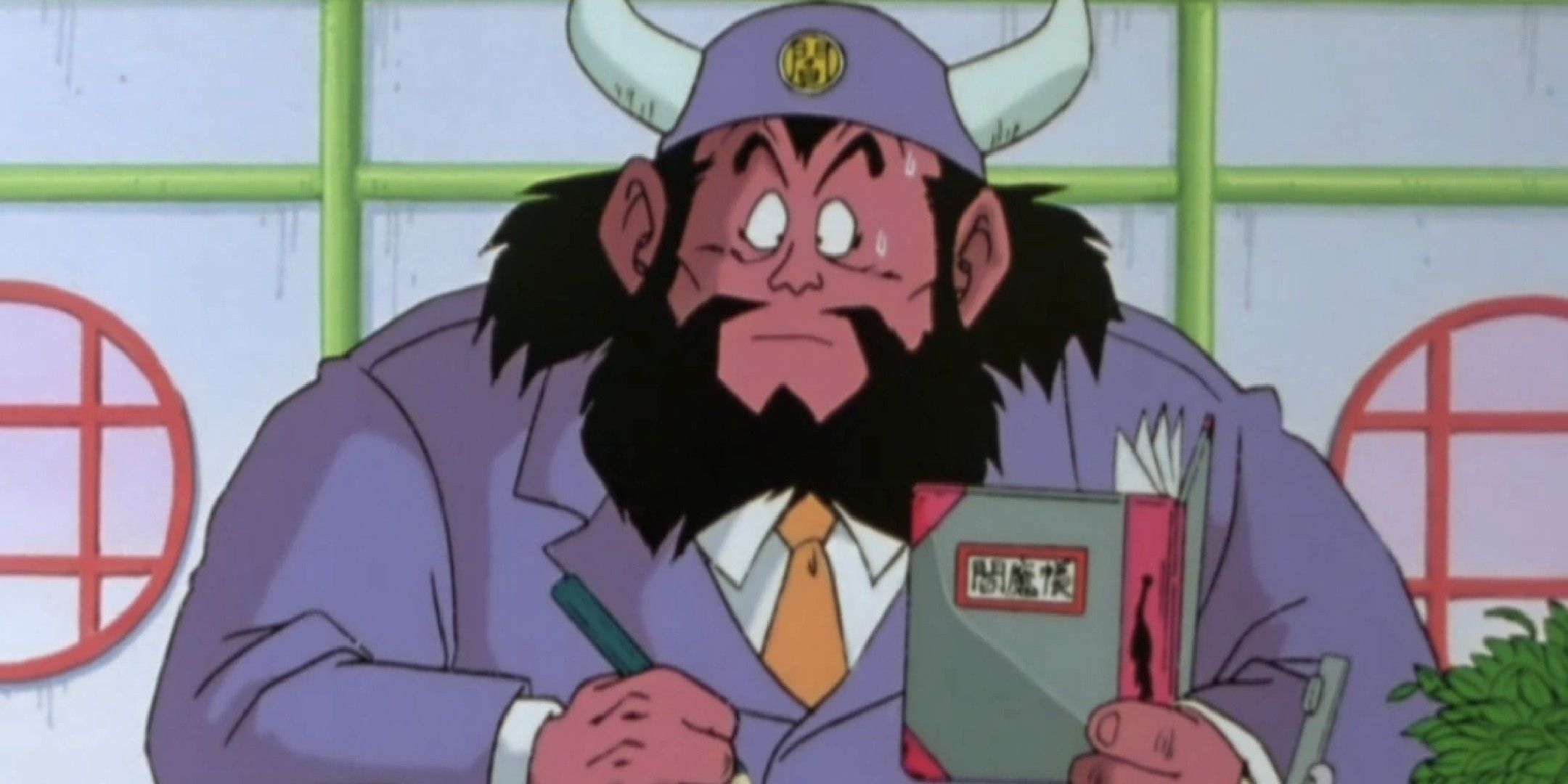
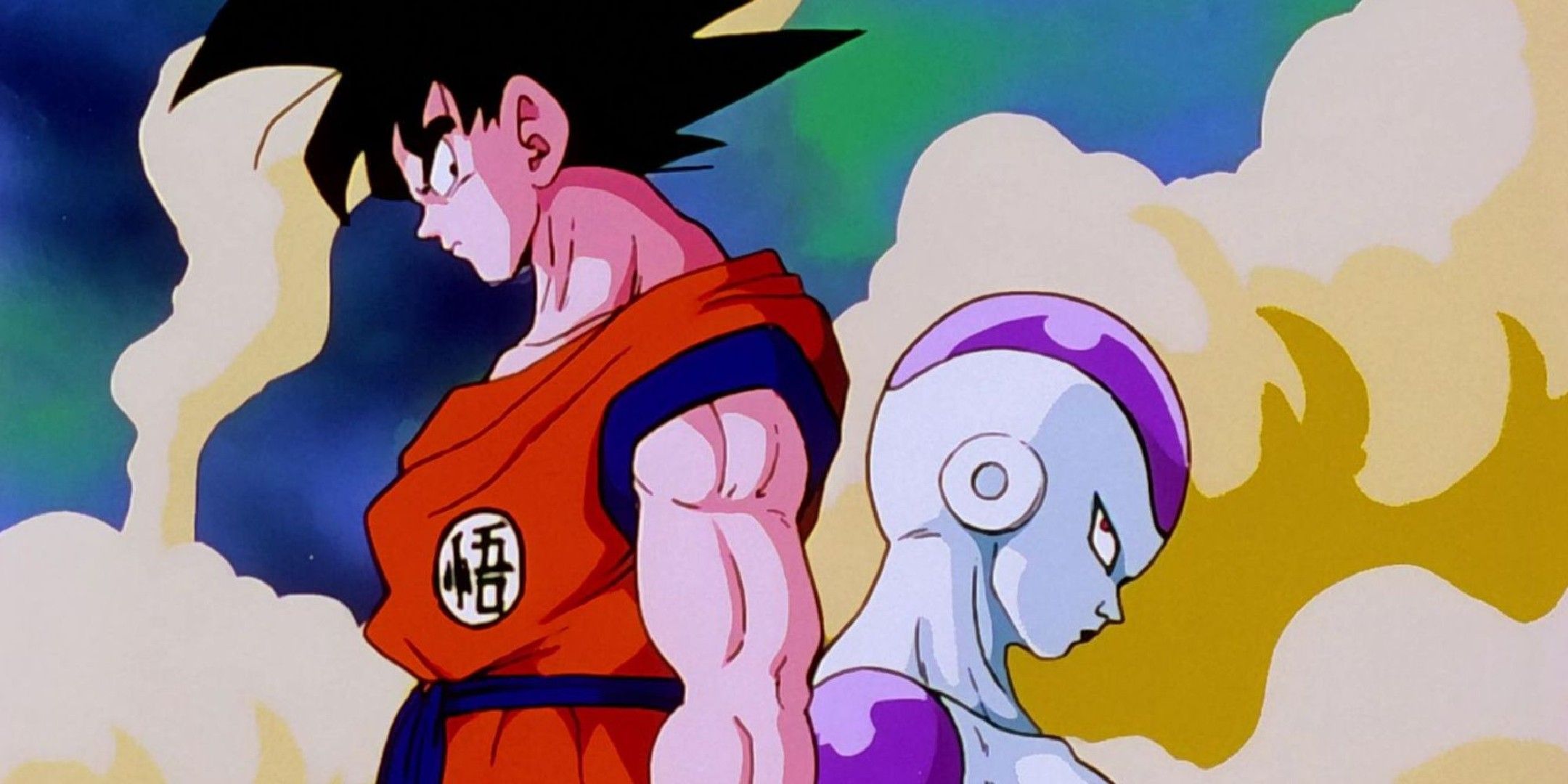
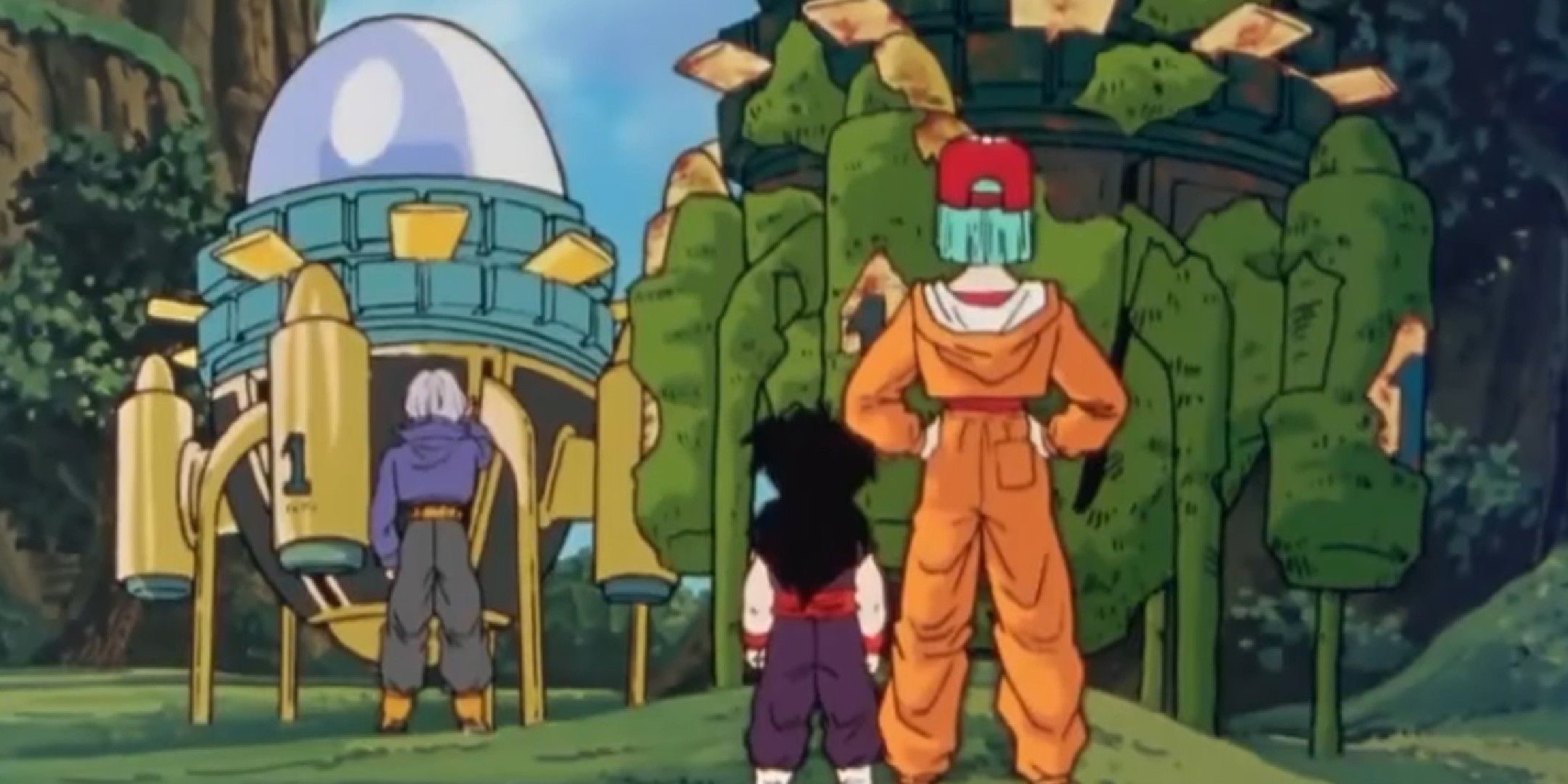
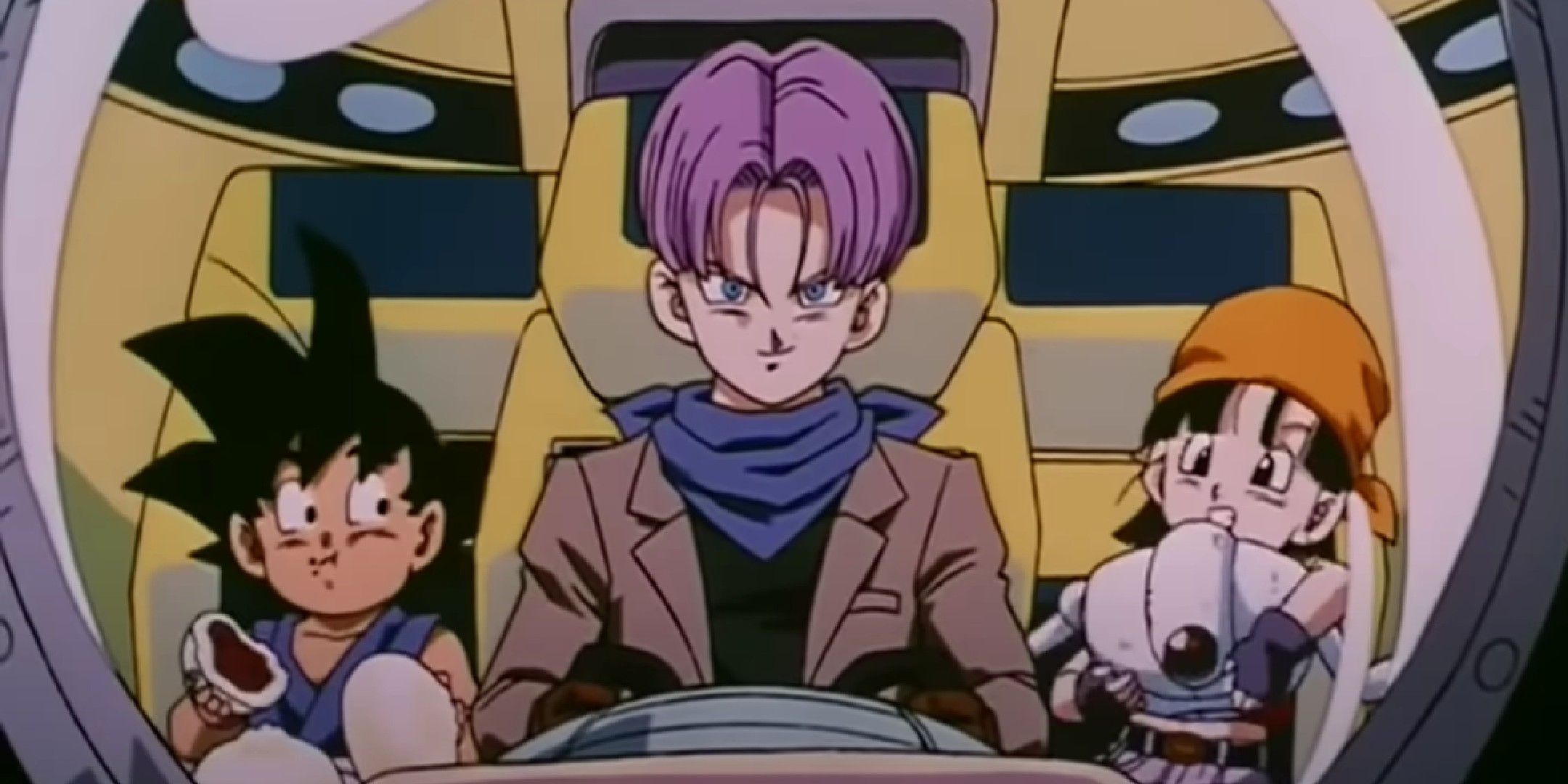
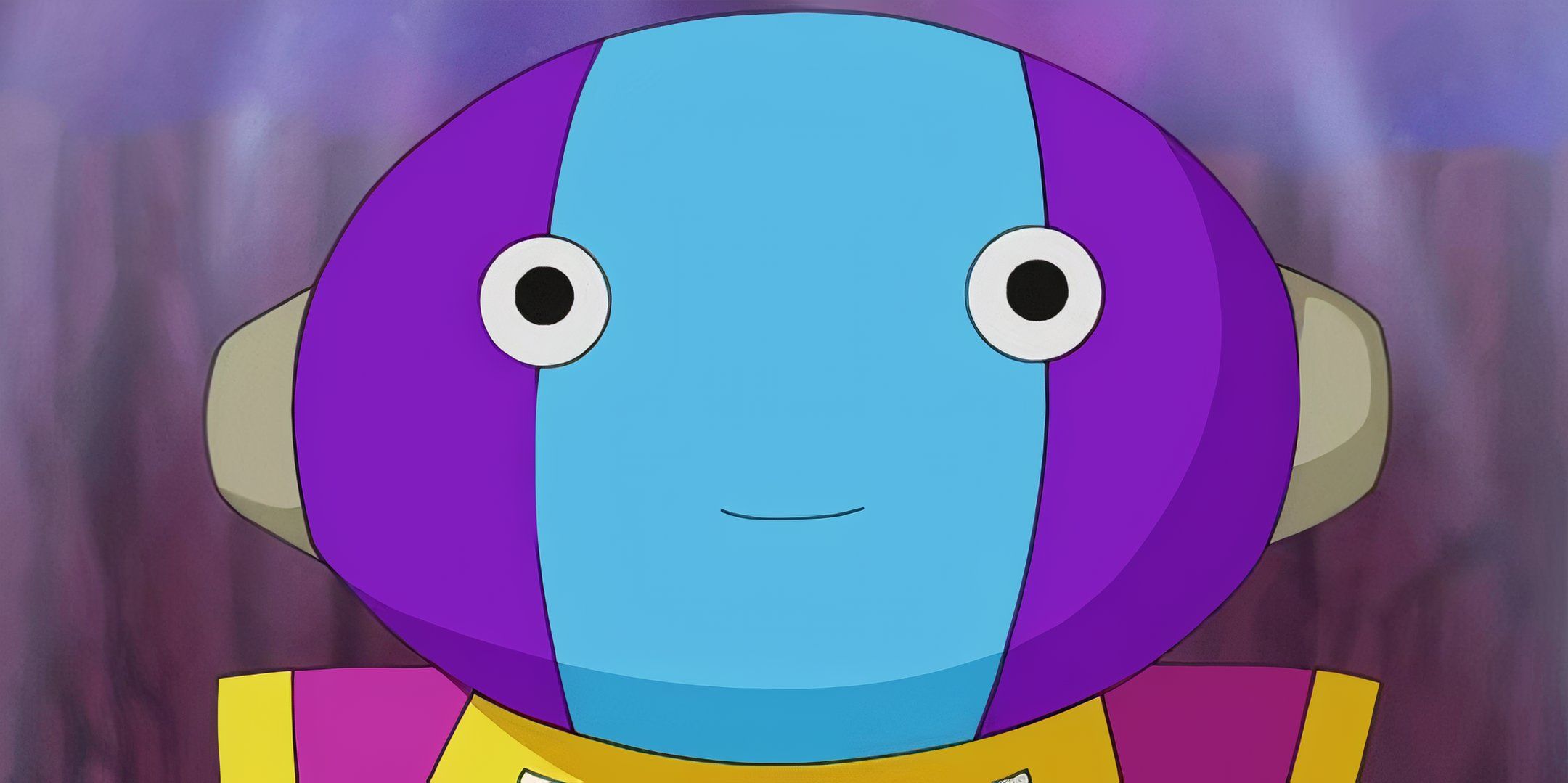

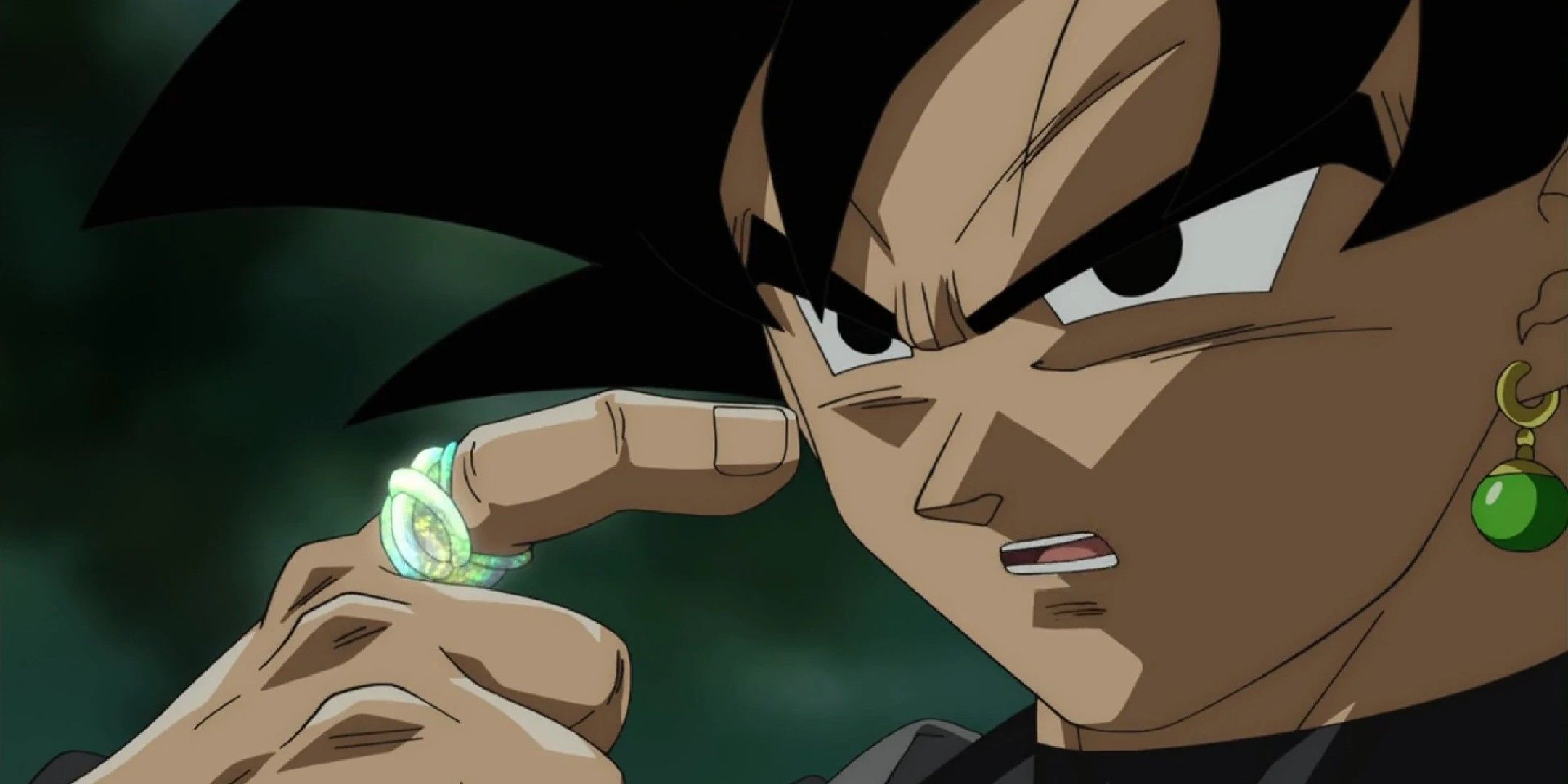
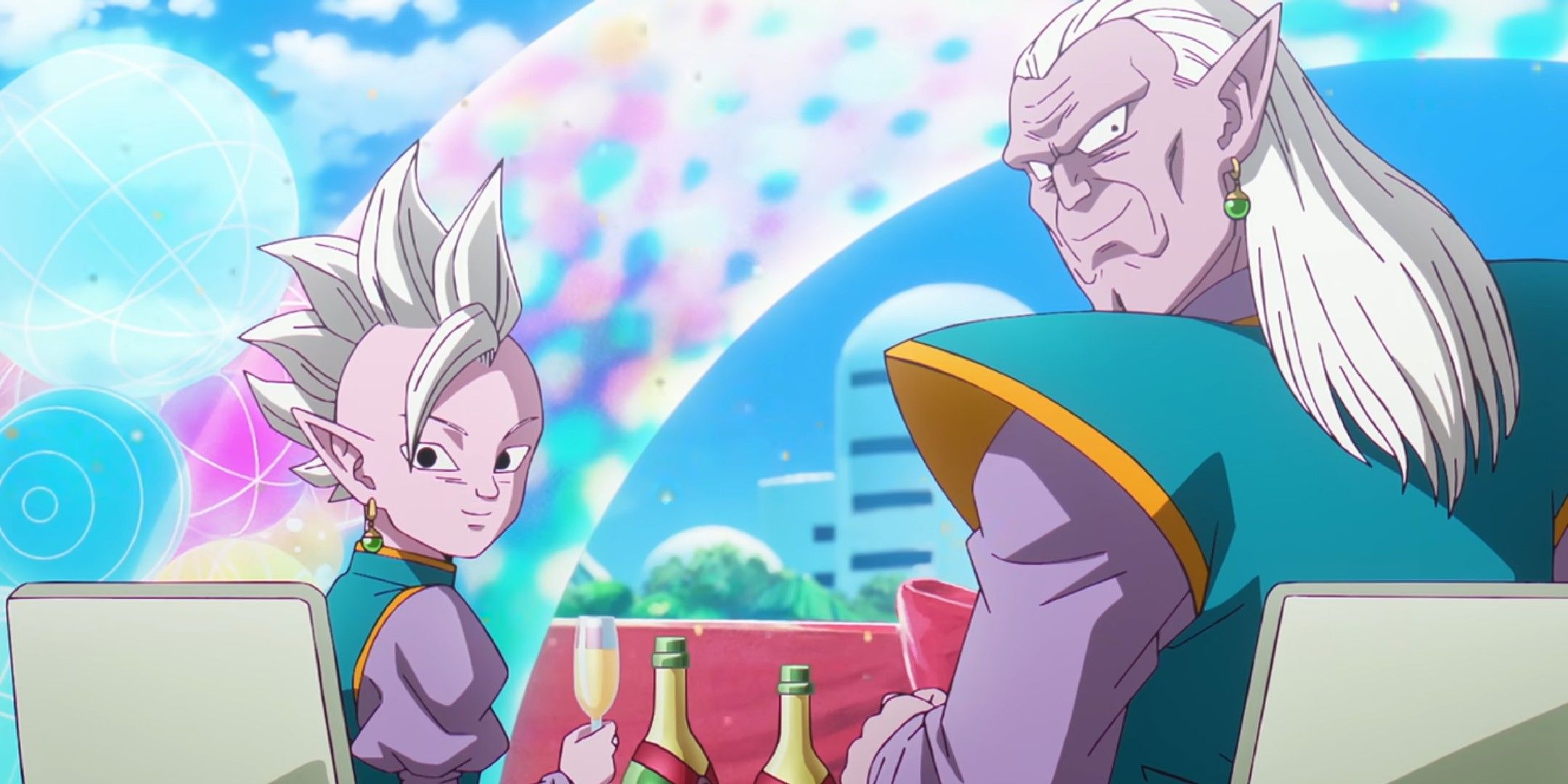
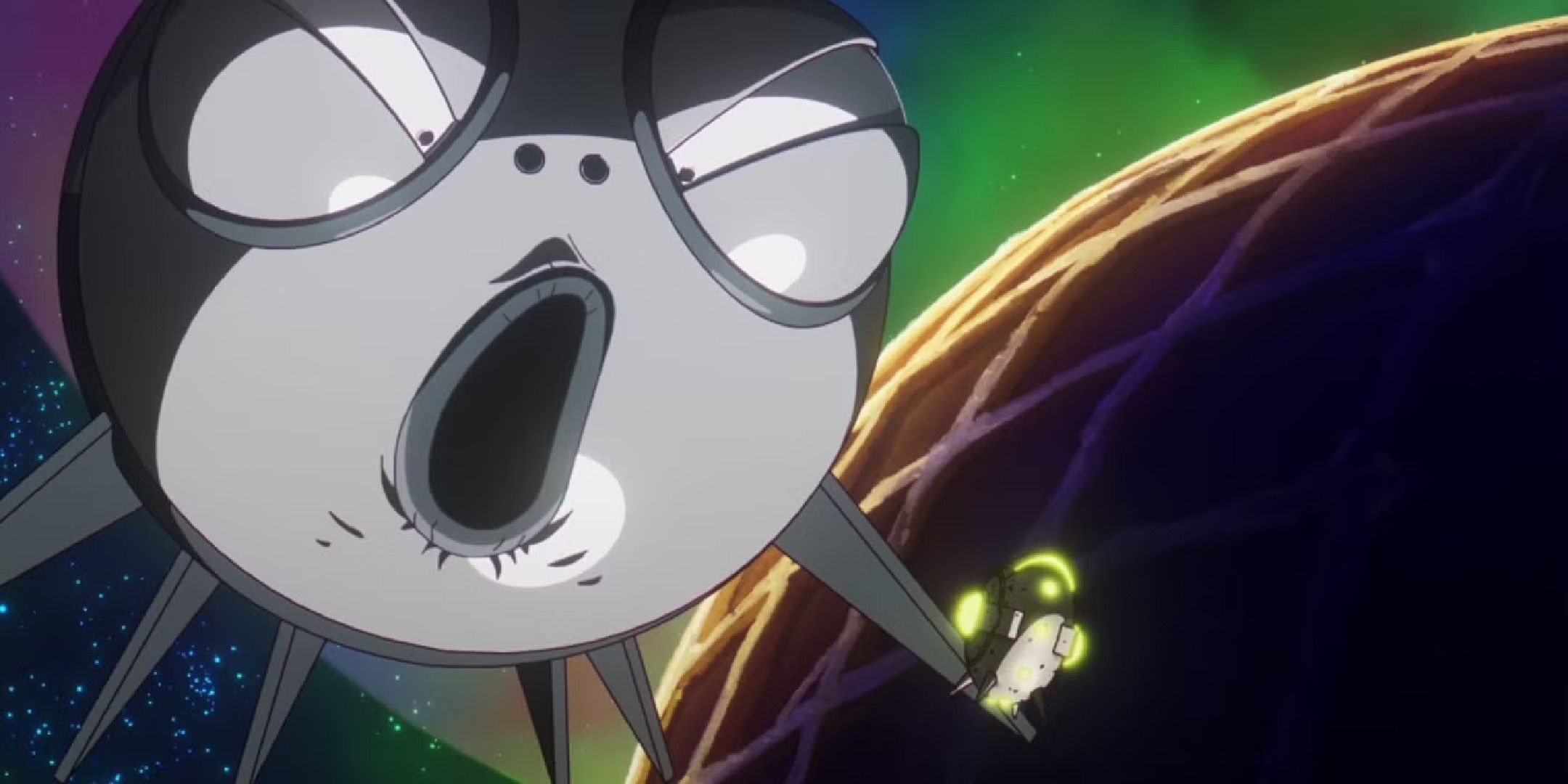





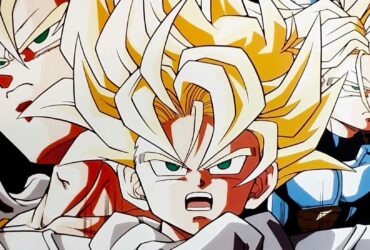

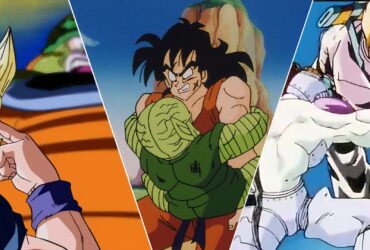

Leave a Reply